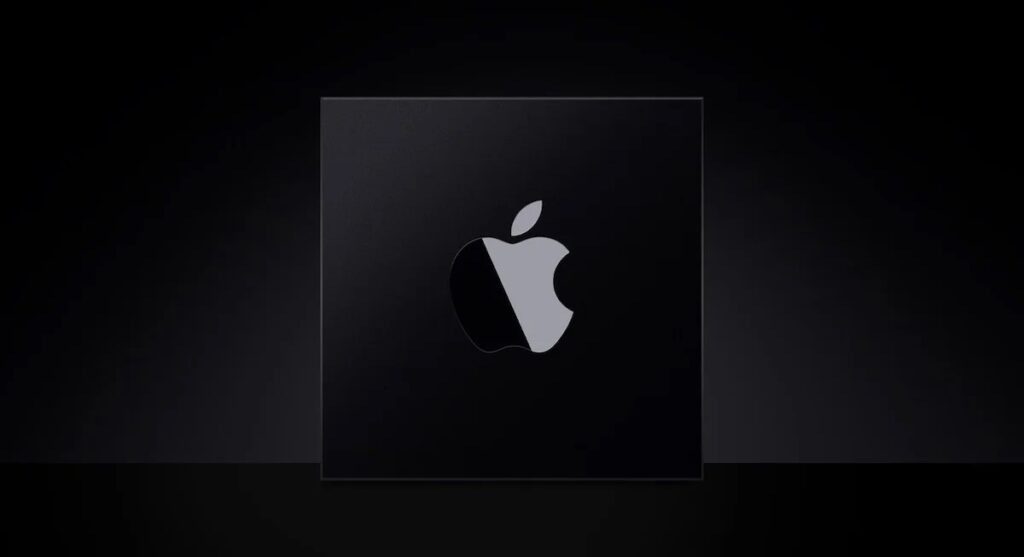Unlike competitors racing to showcase AI-specific hardware, Apple’s chip strategy has quietly embedded AI capability into its core design philosophy. Every Apple Silicon chip—beginning with the A11 Bionic in 2017—has included a Neural Engine, Apple’s dedicated AI accelerator. That capability has matured with each generation, and today it underpins many of the features branded under Apple Intelligence, including smart image editing, voice processing, and contextual suggestions.
Srouji’s point? Apple didn’t need to pivot into AI—it’s been building for this moment for nearly a decade.
What Srouji Really Means by “AI Chip Design”
When Srouji says he wants to design chips “for AI,” he’s talking about raising the ceiling, not laying a new foundation. Apple is now investing more heavily in tailoring the Neural Engine for increasingly complex workloads like:
-
Generative text and image functions
-
Real-time voice translation and personalization
-
On-device large language models (LLMs)
-
Secure, private AI inference via Private Cloud Compute
This evolution is less about marketing a chip as “AI” and more about optimizing every silicon layer—from performance cores to memory bandwidth—to handle these expanding demands efficiently.
How Apple Silicon Already Powers AI
At WWDC 2025, Apple introduced Apple Intelligence as a systemwide layer for iOS 18, iPadOS 18, and macOS Sequoia. Behind the scenes, features like:
-
Smart notification prioritization
-
Email and message summarization
-
Image cleanup tools in Photos
-
Siri’s contextual upgrades
…all rely on the Neural Engine within Apple Silicon chips, including the A17 Pro, M3, and upcoming M4 series. Apple is also using this silicon to decide which AI tasks happen on-device and which are securely offloaded to Private Cloud Compute for more intensive processing.
Srouji emphasized that Apple’s control over the hardware-software stack enables unmatched AI efficiency—balancing power, performance, and privacy.
More Than Performance—It’s About Privacy and Efficiency
While rivals often lean on cloud computing for AI, Apple’s approach focuses on privacy-first, on-device intelligence. That’s only possible because of years of investment in efficient silicon. The Neural Engine is designed to run machine learning models without sending data to the cloud unless absolutely necessary—and even then, only through encrypted, anonymized sessions.
This makes Apple Silicon not just capable of running AI—but uniquely qualified to run it securely, a fact Srouji stressed in his remarks.
What’s Next for Apple’s AI Chips
The roadmap ahead likely includes:
-
Larger and more power-efficient Neural Engines in future A- and M-series chips
-
Expanded AI support across the Apple ecosystem, including wearables and smart home devices
-
Advanced thermal and battery management for sustained AI performance
-
More AI-specific APIs for third-party developers
Apple may not label its chips “AI processors,” but under Srouji’s leadership, it’s clear the hardware is already built to serve Apple Intelligence—and future AI innovations yet to be announced.
Why It Matters
While others race to catch up or rebrand existing hardware, Apple has been laying the groundwork for AI for years—quietly, methodically, and with purpose. Srouji’s comments reinforce that Apple’s chip strategy isn’t playing catch-up in AI—it’s setting the terms.
With Apple Intelligence launching later this year, and Apple Silicon leading the charge behind the scenes, users will soon feel the benefits of this design philosophy in real time—whether editing a photo, asking Siri a complex question, or working across apps that just seem to know what you need next.
